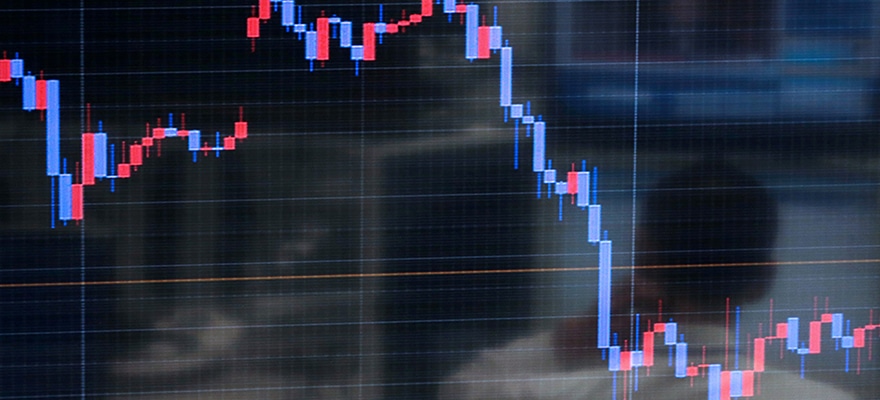Trader and author Raghee Horner of Interbank FX talks a bit about her trend trading techniques.
“…while the “trend may be your friend,” it is notoriously difficult to trade a trend for many traders. This is due to - from my experience – to a lack of trend recognition and a lack of identifiable correction levels within a trending market.
This is a very good point.
- Lack of trend recognition. This in turn means lack of an understanding in terms of the “definition” of a trend. How do we know what we’re seeing is a trend?
- Lack of identifiable correction levels within a trending market. Ok, so once we’ve determined a trend – do we know what are the important levels that we need to look out for?
In addition, one other point I’d like to add is, different traders see trends differently. Meaning, not all traders will agree that what might look like a trend is definitely a trend. This is why, for example, you’ll see people using different points for their fib studies. But this doesn’t mean both sets of traders are wrong. To be honest there isn’t a fixed definition of what a trend is.
Raghee explores this in further detail, by way of examples using certain currencies, “Let’s tackle both of these issues while examining the current downtrend in the EUR/USD and possible intraday shorts in the AUD/USD and the GBP/USD.”
To see these examples, visit:

















